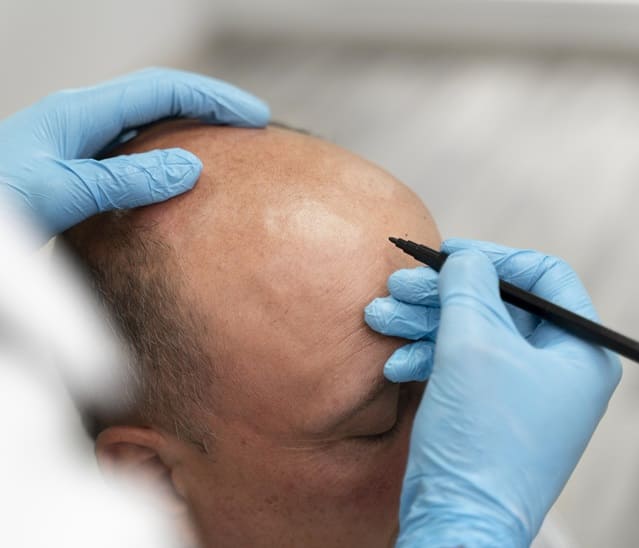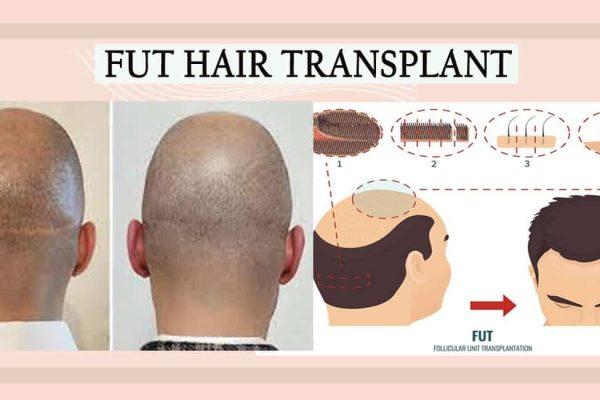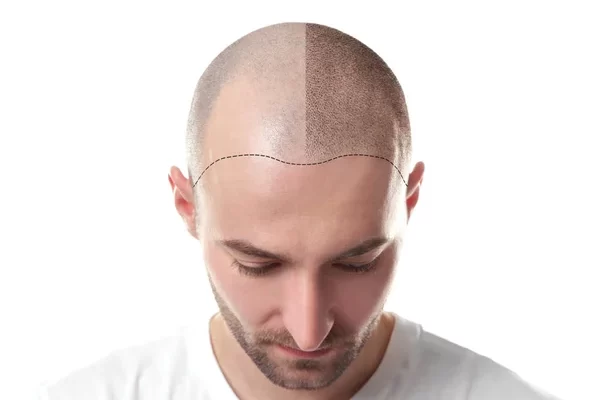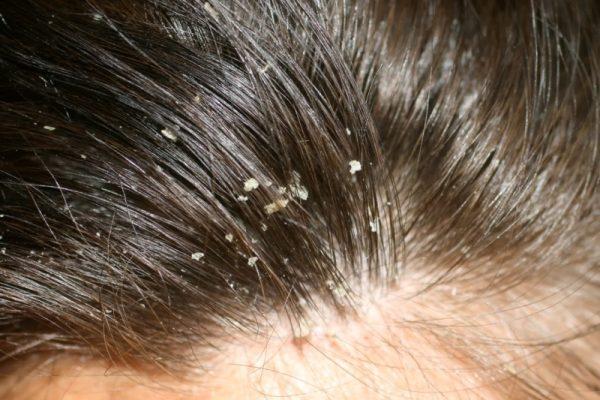The goal of hair transplantation is to restore hair growth in areas where hair loss or baldness has occurred. This procedure is commonly used to treat male or female pattern baldness, but it can also be used for other types of hair loss, such as due to trauma or scarring.
When it comes to addressing hair loss or pattern baldness, There are two types of techniques for hair transplant surgery: Follicular Unit Transplantation (FUT) and Follicular Unit Extraction (FUE). Each method has its advantages and disadvantages, and the choice between the two depends on individual circumstances and preferences.
Follicular Unit Transplantation (FUT):
In FUT Hair Transplant, a strip of scalp containing hair follicles is surgically removed from the donor area (usually the back of scalp). Next the strip is then dissected under a microscope to isolate individual follicular units (small groups of hair follicles). These smaller pieces are called grafts. The recipient area, where hair loss has occurred, is prepared for transplantation by creating tiny small holes. The individual follicular units are carefully placed into these recipient sites, creating a natural-looking hairline and density.
Follicular Unit Extraction (FUE):
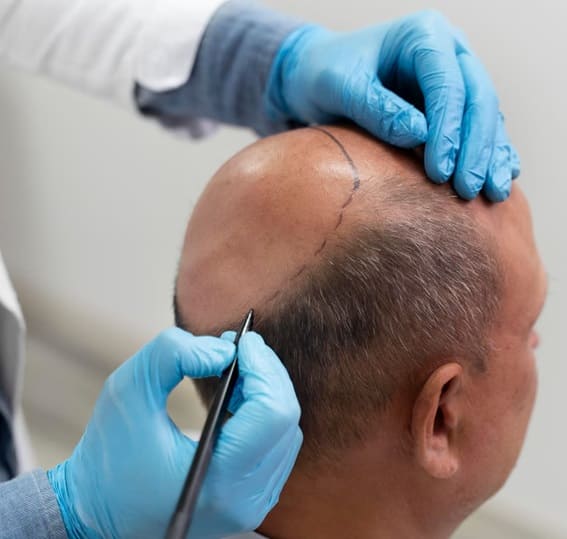
FUE Hair Transplant involves the extraction of individual hair follicles directly from the donor area using a small, circular punch tool. These follicles are then prepared for transplantation. The recipient area is also prepared with tiny incisions, and the extracted follicles are placed into these sites.
DIFFERENCES BETWEEN FUT Hair Transplant AND FUE Hair Transplant
- The main difference between FUT and FUE is how the hair is extracted. With a FUT hair transplant, the removal of strip of hair at the back of head results in a linear scar which is not seen with FUE, which is extraction and transplantation of individual follicular units, which has minimal scarring and usually appears as dot like scars. FUE is usually preferred for individuals who prefer to wear their hair short.
- Patients requiring a large number of grafts are suitable candidates for FUT, as it yields more number of hair follicles for transplanting. Where as FUE transplants, are suitable for people who require lesser number of grafts. Higher rate of follicle survival is seen with FUT rather than with FUE, as the follicles are carefully harvested intact from the strip.
- FUT hair transplant usually takes less time than FUE hair transplant. Although it also depends on the patient and the amount of hair being transplanted. FUE being less invasive has shorter recovery period as that of FUT.
- FUT is for patients who has significant balding, giving more coverage whereas FUE is a great option for patients who have minimal donor hair and who require lesser number of grafts.
Which Is Better – FUE Hair Transplant or FUT Hair Transplant?
The question of which method is better is subjective and depends on the individual’s preferences. Both FUT and FUE techniques have their own advantages and considerations, and the choice between them depends on factors such as the patient’s hair type, the extent of hair loss, the donor area characteristics, and the surgeon’s expertise. Surgeons can design the hairline and placement of transplanted hair follicles according to the patient’s facial features, age, and desired look.
In summary, both FUE and FUT hair transplant techniques can be effective in restoring hair, but they differ in the method of hair follicle extraction, scarring, recovery time, and suitability for different cases. Before undergoing hair transplant surgery, it is recommended to have a thorough consultation with a qualified surgeon to discuss expectations, potential outcomes, recovery, and any concerns you might have.
FMS Skin and Hair Clinics, Best Hair Transplant Clinic in Hyderabad. Specialized in all Advanced Hair Transplant Procedures & Hair Restoration Treatments. Consult today for all hair related issues.
For Appointment Booking. Please call us or WhatsApp at 8885060760 Or Email Us at [email protected]

Author: Dr. Amreen Basha





